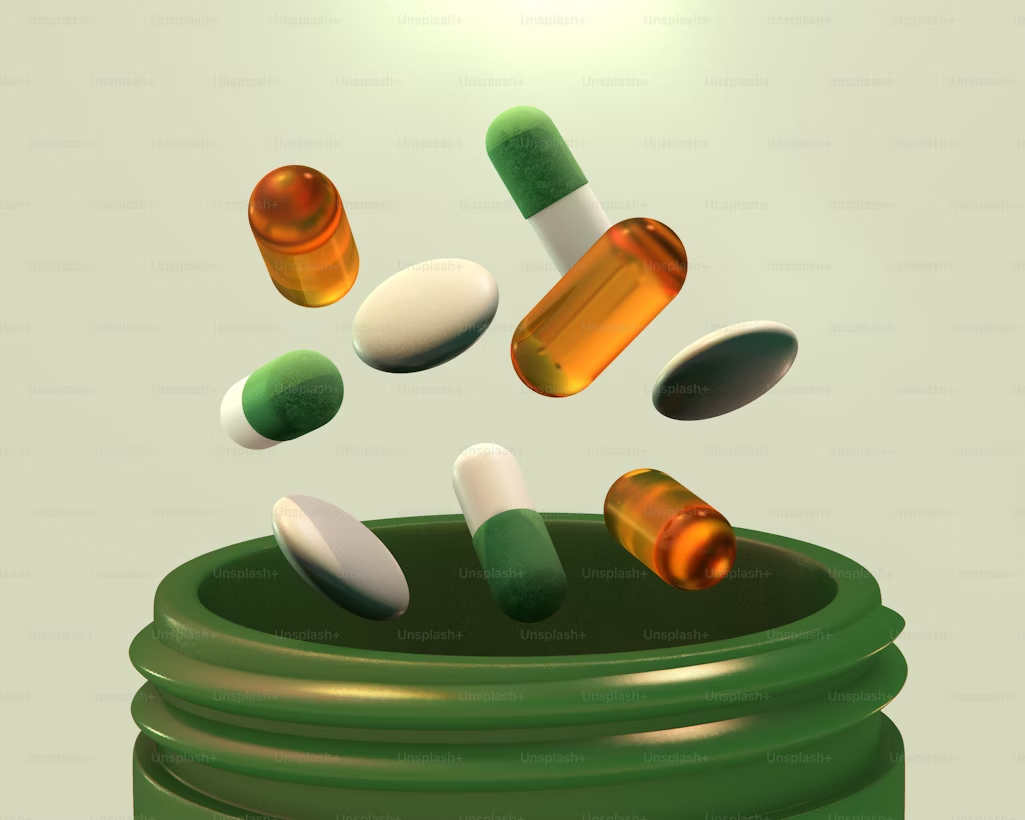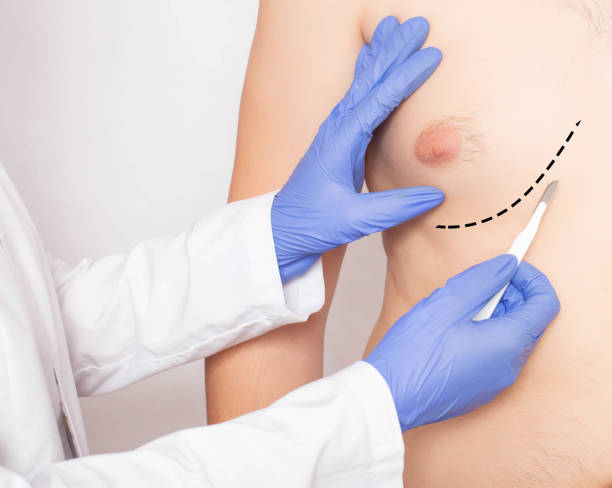Over the past few decades, cosmetic surgery has advanced significantly, and Liposuction in Islamabad has become one of the most sought-after procedures for those looking to remove stubborn fat and achieve a more sculpted body. However, before undergoing any surgical procedure, safety is a top concern for every patient. Questions like “Is liposuction safe?” or “What are the possible risks and how can they be minimized?” often come to mind. This comprehensive guide explains how modern liposuction works, what makes it safe, potential risks, and the essential steps you can take to ensure the best outcomes.
Understanding Liposuction: The Basics
Liposuction is a cosmetic surgery procedure designed to remove excess fat from targeted areas of the body, such as the abdomen, thighs, arms, hips, or chin. The goal is not to promote weight loss but to contour and refine the body’s shape.
The procedure involves using a small tube called a cannula, which is inserted through tiny incisions in the skin. Through gentle suction, unwanted fat cells are removed, permanently reducing fat in those areas. Liposuction is often combined with other body-contouring treatments to achieve a more balanced and proportionate figure.
When performed by a qualified surgeon using modern technology, liposuction is considered a safe and effective method of body contouring. But like all surgical procedures, it does carry some risks that can be minimized through proper preparation, skilled execution, and responsible aftercare.
What Makes Liposuction Safe Today
The safety of liposuction has improved dramatically in recent years, thanks to advancements in surgical techniques and medical equipment. Here’s how modern innovations have made the procedure more reliable and comfortable:
1. Tumescent Technique
One of the major developments in liposuction safety is the tumescent technique. During this process, a special solution containing lidocaine (for numbing), epinephrine (to minimize bleeding), and saline (to make fat removal easier) is injected into the treatment area. This not only reduces discomfort but also decreases the risk of excessive bleeding or swelling.
2. Local and General Anesthesia Options
Surgeons now tailor anesthesia based on the patient’s needs and the size of the area being treated. Smaller procedures can often be done under local anesthesia, reducing anesthesia-related risks and allowing faster recovery.
3. Minimally Invasive Technology
Modern methods such as laser-assisted and ultrasound-assisted liposuction make fat removal more precise. These technologies liquefy fat cells before removal, reducing trauma to surrounding tissues and minimizing bruising and recovery time.
4. Skilled Surgeons and Accredited Clinics
Safety largely depends on the surgeon’s experience and the clinic’s standards. Board-certified surgeons operating in well-equipped and accredited facilities follow strict hygiene and safety protocols to ensure minimal risk.
Common Risks and How They Are Managed
Although liposuction is generally safe, understanding potential risks helps patients prepare mentally and physically. The following side effects are possible but can be managed effectively under expert care:
-
Swelling and Bruising: Mild and temporary, usually subsiding within a few weeks.
-
Numbness or Tingling: Common in treated areas but typically resolves over time.
-
Minor Scarring: Incisions are small and fade gradually with proper care.
-
Temporary Fluid Accumulation: May require drainage if it occurs, though rare.
-
Irregular Contours: Preventable through skilled technique and postoperative care.
When performed by a qualified surgeon, serious complications such as infection or deep vein thrombosis are extremely rare. Preoperative screening and postoperative follow-ups are designed to detect and prevent such issues early.
Pre-Surgery Safety Measures
The journey to safe liposuction begins before the surgery itself. The preoperative phase plays a crucial role in determining your suitability for the procedure.
1. Medical Evaluation
Before scheduling liposuction, your surgeon will conduct a thorough medical assessment. This includes reviewing your health history, allergies, current medications, and any underlying conditions. You may be asked to undergo blood tests or medical imaging to ensure you are fit for surgery.
2. Avoiding Blood Thinners
Certain medications and supplements can increase the risk of bleeding during surgery. Patients are usually advised to avoid aspirin, anti-inflammatory drugs, or herbal supplements for at least two weeks prior to the procedure.
3. Smoking Cessation
Smoking restricts blood flow and delays healing. Most surgeons recommend quitting at least two weeks before and after surgery to reduce the risk of complications.
4. Weight Stabilization
Ideal candidates for liposuction are within 30% of their target body weight. It’s not a weight-loss solution but rather a contouring method for individuals struggling with localized fat.
During Surgery: Safety in the Operating Room
On the day of surgery, patient safety is prioritized at every step. The surgeon marks the target areas, administers anesthesia, and monitors vital signs throughout the procedure.
The entire process is carefully controlled. Small incisions are made for the cannula, minimizing trauma to surrounding tissues. Depending on the technique used—tumescent, laser-assisted, or ultrasound-assisted—the surgeon delicately removes fat cells while preserving the skin’s natural elasticity and underlying structure.
The procedure can last from one to three hours, depending on the number of areas treated. Afterward, patients are monitored during recovery to ensure stability before being discharged.
Post-Surgery Care: Ensuring a Safe Recovery
Recovery plays a major role in achieving both safety and satisfying results. Following postoperative guidelines minimizes the risk of complications and promotes faster healing.
1. Compression Garments
Patients are typically advised to wear compression garments for several weeks. These garments help control swelling, improve blood circulation, and assist the skin in adjusting to its new contours.
2. Rest and Mobility
Light walking after surgery promotes circulation and prevents blood clots. However, strenuous activities should be avoided for about four to six weeks or as advised by your surgeon.
3. Follow-Up Appointments
Regular follow-up visits allow your surgeon to monitor healing progress and address any minor concerns promptly.
4. Healthy Lifestyle Maintenance
Liposuction permanently removes fat cells, but the remaining cells can still expand with weight gain. Maintaining a balanced diet and regular exercise helps sustain the results long-term.
Who Should Avoid Liposuction?
While liposuction is safe for most people, it’s not suitable for everyone. Individuals with heart disease, uncontrolled diabetes, bleeding disorders, or compromised immune systems may not be ideal candidates. Pregnant or breastfeeding women should also postpone the procedure until their health stabilizes.
Your surgeon will determine your eligibility through a detailed evaluation to ensure that liposuction is both safe and beneficial for you.
The Verdict: Liposuction Is Safe with the Right Surgeon and Clinic
When performed by a trained professional in a medically accredited facility, liposuction is a safe and effective method to remove stubborn fat and enhance body shape. The combination of advanced technology, personalized treatment plans, and strict surgical protocols ensures both safety and satisfaction.
If you are considering Liposuction in Islamabad, make sure to choose a trusted and reputable facility. The Dynamic Aesthetic Clinic stands among the top clinics offering state-of-the-art liposuction procedures under the supervision of highly qualified cosmetic surgeons. Their commitment to safety, precision, and patient care ensures natural-looking results with minimal risk. With expert guidance and modern medical techniques, achieving your ideal body shape has never been safer or more attainable.



